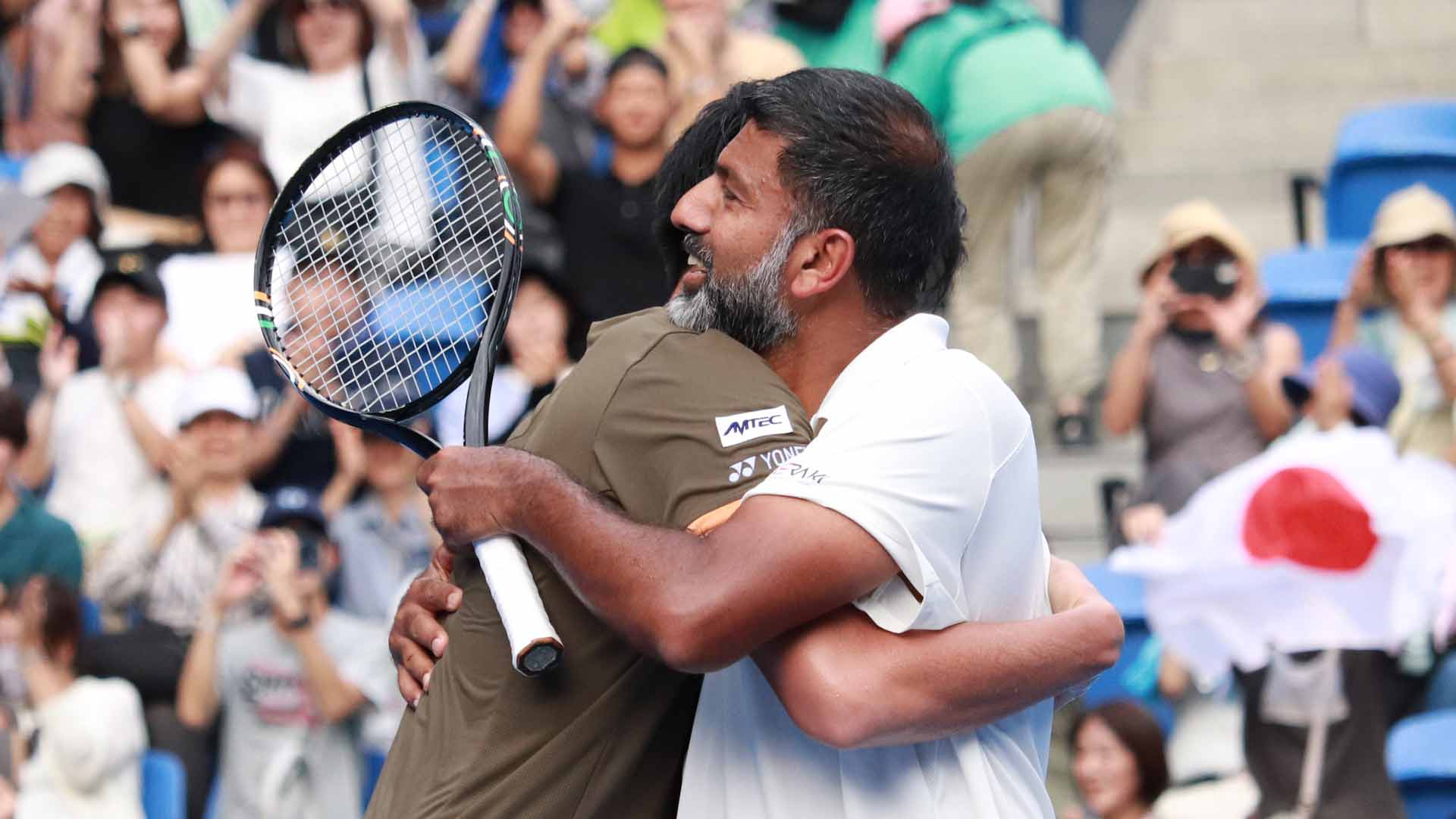China Open injury retirements lay bare tennis schedule complaints from top players

Five of Monday’s 12 matches at the ATP and WTA China Opens ended in mid-match retirements, raising more questions of the long-term sustainability of the tennis calendar.The length of the sport’s off-season, and the increased mandatory event requirements on the WTA Tour, formed a large part of the lawsuit launched by the Professional Tennis Players Association (PTPA) against the sport’s governing bodies in March. Player discontent has intensified over those changes, and it was on show again in Beijing after three out of the eight women’s matches and two of the four men’s finished prematurely.Home favorite Zheng Qinwen retired against Czechia’s Linda Nosková in the third set of their match; Camila Osorio of Colombia did so after losing the first set 6-0 to world No. 2 Iga Świątek, and France’s Loïs Boisson called it a day early in the second set against Emma Navarro of the U.S..On the men’s side, Jakub Menšík, also Czech, lasted just five games before retiring against Australia’s Alex de Minaur, while Italy’s Lorenzo Musetti withdrew down 3-0 in the third set against young American Learner Tien. A day earlier, Paula Badosa of Spain and Czechia’s Barbora Krejčíková had to retire mid-match, against Czechia’s Karolína Muchová and McCartney Kessler of the U.S. respectively.The average retirement rate on the ATP and WTA Tours between 1973 and 2019 (ATP) and 1975 and 2019 (WTA) was 1.92 percent, according to a study published in 2024. Five of 11 is 45 percent.After Osorio’s retirement sent her through, Świątek said in a news conference that she may “have to choose some tournaments and skip them, even though they are mandatory” in order to remain ready to compete at the highest level.“WTA with all these mandatory rules, they made this pretty crazy for us. I don’t think any top player will actually be able to achieve this, playing the six 500 tournaments. It’s just impossible to squeeze it in the schedule.“I think we have to be smart about it, not really unfortunately care about the rules and just think what’s healthy for us. Yeah, it’s tough.”A WTA spokesperson declined to comment on Świątek’s view. Zheng, who emphasized that her return to tennis was exploratory after undergoing elbow surgery and that she had expected to feel pain, said that she “would like to play this match to assess how much recovery is needed in my elbow” in her news conference.There have been 10 mandatory 1,000-level events on the WTA Tour since last season, of which the China Open is one. Players are also expected to play six 500-level events. Neither Świątek, nor her rival for world No. 1, Aryna Sabalenka, last year fulfilled that requirement. They lost ranking points as a result, and those losses led to Sabalenka overtaking Świątek at the top of the world rankings last fall.The PTPA’s medical director, Dr Robby Sikka, said via text message that players being exhausted toward the end of the season naturally leads to more retirements, but added: “The competition level is more fierce than ever. There are really talented players throughout the draw now — you’re seeing athletes across all sports improving, developing, and pushing physical limits.“This is some of the natural risk when you combine increasing velocity and power with end-of-season fatigue.”The China Opens continues Tuesday, with the women’s quarterfinals and the men’s semifinals. Play concluded Monday with Daniil Medvedev beating Alexander Zverev, who has recently been taking pain injections for his back.Following the men’s final Wednesday, the Shanghai Masters begins. The women’s China Open finishes Sunday, before the Wuhan Open, also a mandatory WTA 1000 event, begins the following day.(Top photo of Camila Osorio and Iga Świątek: Robert Prange / Getty Images)











